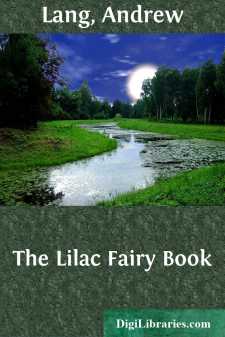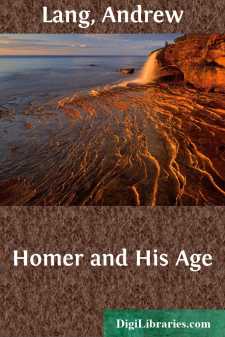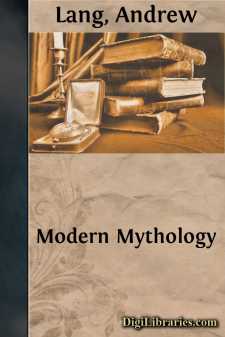Categories
- Antiques & Collectibles 13
- Architecture 36
- Art 48
- Bibles 22
- Biography & Autobiography 813
- Body, Mind & Spirit 142
- Business & Economics 28
- Children's Books 13
- Children's Fiction 10
- Computers 4
- Cooking 94
- Crafts & Hobbies 4
- Drama 346
- Education 46
- Family & Relationships 57
- Fiction 11828
- Games 19
- Gardening 17
- Health & Fitness 34
- History 1377
- House & Home 1
- Humor 147
- Juvenile Fiction 1873
- Juvenile Nonfiction 202
- Language Arts & Disciplines 88
- Law 16
- Literary Collections 686
- Literary Criticism 179
- Mathematics 13
- Medical 41
- Music 40
- Nature 179
- Non-Classifiable 1768
- Performing Arts 7
- Periodicals 1453
- Philosophy 64
- Photography 2
- Poetry 896
- Political Science 203
- Psychology 42
- Reference 154
- Religion 513
- Science 126
- Self-Help 84
- Social Science 81
- Sports & Recreation 34
- Study Aids 3
- Technology & Engineering 59
- Transportation 23
- Travel 463
- True Crime 29
Custom and Myth New Edition
by: Andrew Lang
Description:
Excerpt
PREFACE.
Since the first publication of Custom and Myth, many other works have appeared, dealing on the same principles with matters of belief, fable and ritual. Were the book to be re-written, numerous fresh pieces of evidence might be adduced in support of its conclusions. In Mr. Frazer’s Golden Bough (Macmillan) the student will find a carefully conceived argument, and a large collection of testimonies, bearing on the wide diffusion, among savages and civilised peoples, of ancient rites and ancient ideas. The works of Mannhardt have practically been introduced to the English reader by Mr. Frazer, with much new matter of his own. The main topics are the worship of human gods and the superstitions connected with vegetation. To push a theory too far is the common temptation of mythologists, and perhaps Mr. Frazer’s cornstalk does rather threaten to overshadow the whole earth and exclude the light of sun and sky. But the reader, whatever his opinions, will find great pleasure and profit in Mr. Frazer’s remarkable studies, and in those of Mannhardt, which were unknown to myself when I wrote Custom and Myth.
In Miss Harrison’s volume on Athenian Myths the student will find the ætiological theory (namely, that many myths were invented to explain obscure points of ritual) applied in a number of classical instances. A singularly ingenious study of Roman myths is presented in Mr. Jevons’s edition of Plutarch’s Romaine Questions (Nutt). These are recent instances of the use of the ‘anthropological’ method, first firmly established by Mr. Tylor’s Primitive Culture, and now holding its own as a recognised instrument in the study of the historical development of the imagination. In Rosscher’s Ausführliches Lexikon of Greek and Roman mythology, the earlier method of the philologists is usually adopted, and the work, still in course of publication, is most useful for its recondite learning.
These notes are meant for the guidance of any reader who may care to push his studies further than the sketches of the present volume.
On one or two points some remarks may be necessary. The author has been not unnaturally accused of seeing Totems everywhere. He would therefore protest that he does not regard every beast and bird which appears in myths or in religious art as necessarily a Totem. But he inclines to think that where Celts or Greeks claim descent from a god who pursued his amours in animal shape, or where a tribe bears the name of an animal, regards that animal with religious respect, and places its effigy beside that of a god, the Totemistic hypothesis colligates the phenomena, and deserves consideration. These and other early features of religion occur mainly in Greece after the Homeric age. It has been suggested, for example, by Mr. Walter Leaf, that Homer’s people, the Achæans, were free from all such ideas as Totemism, worship of the dead, ritual of purification for homicide, the mysteries, and so forth. These were notions held by the Pelasgi, and revived or retained by the Ionians, an older and distinct stock of Pelasgian origin....












